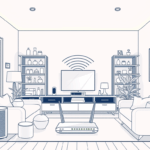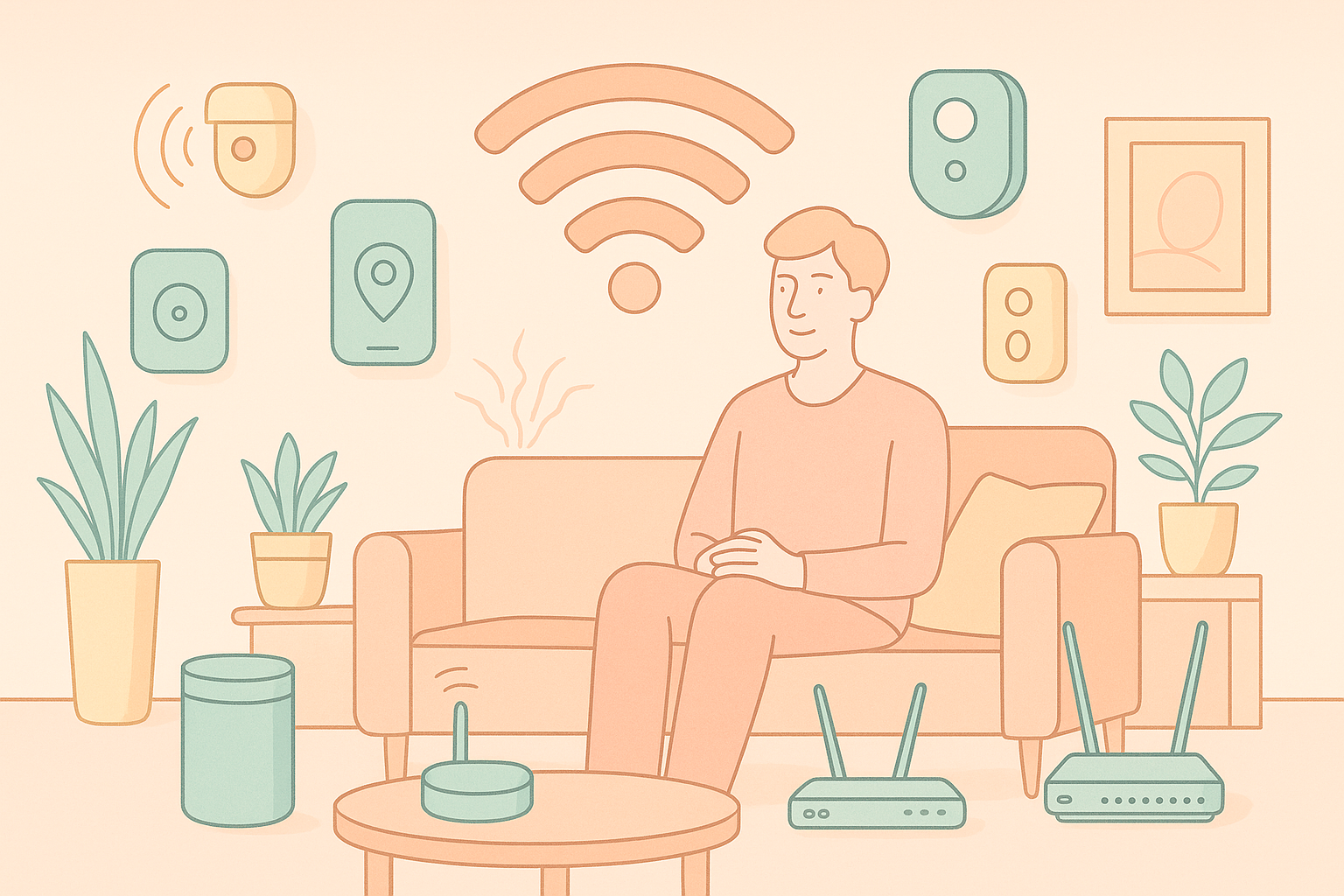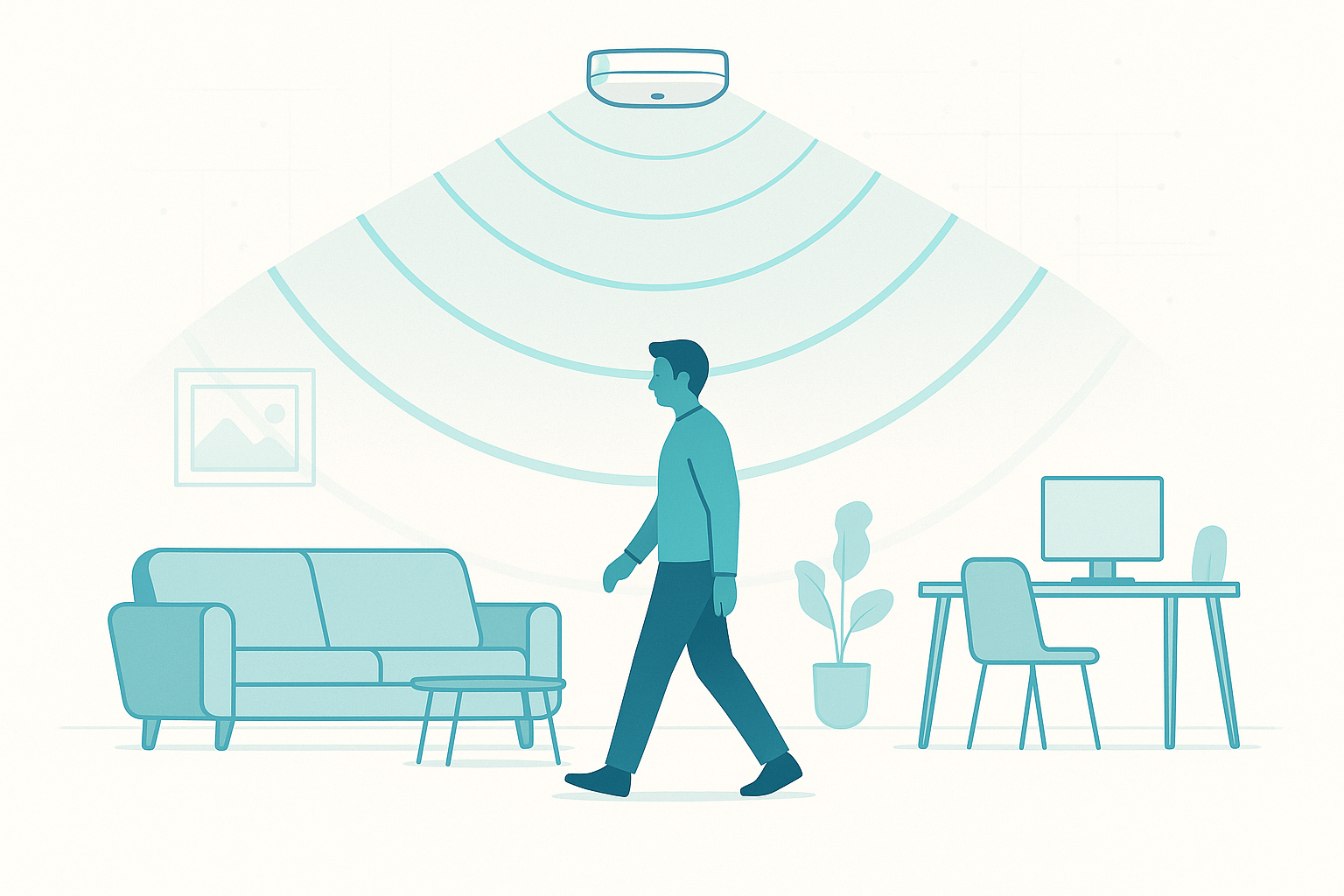The idea of a “smart home” often conjures images of voice assistants dimming lights or thermostats automatically adjusting the temperature. While these are certainly hallmarks of modern connected living, they represent just one facet of what’s truly possible. Many perceive smart homes as a series of on/off switches, missing out on the deeper, more integrated experiences that technology can offer. But here’s the secret: there isn’t a singular “right” way to build a smart home. Instead, it’s a spectrum of possibilities, each offering unique benefits and catering to different levels of engagement and convenience.
This article isn’t about dictating how your smart home should be. It’s an exploration of the various “layers” or dimensions of smart home functionality, from the foundational act of gathering data to the whimsical touch of personalized AI interactions. Our goal is to empower you to understand the breadth of what’s achievable and to discover the methods that best suit your lifestyle, needs, and personal curiosity. Whether you’re a beginner just dipping your toes in or a seasoned enthusiast looking for new avenues, there’s a place for you on the smart home spectrum, and every step along the way adds a unique kind of magic.
Layer 1: The Insight Seeker – Centralizing Data and Understanding Your Home
Think of your smart home as a giant, potentially chatty, organism. But for it to truly “talk” to you, it needs a central nervous system. This first layer is all about establishing that brain – a hub like Home Assistant – to pull all your disparate smart gadgets into one cohesive conversation. No more hopping between a dozen apps just to see if the garage door is closed or the lights are off. This consolidates control and, more importantly, data.
The real payoff here isn’t just turning things on and off; it’s the sheer power of knowing. When every sensor, switch, and smart appliance reports to a single brain, you start to see patterns and gain insights you never knew you needed. Take, for instance, a recent server relocation I undertook. While the household air conditioning was happily snoozing and a backup job was churning away, strategically placed temperature sensors in the rack became my vigilant sentinels. They reported back, in real-time, the exact temperature differences, ensuring my precious hardware wasn’t silently baking. It was less about automation and more about genuine peace of mind, all thanks to that centralized data stream. Dashboards become your mission control, transforming abstract numbers into crystal-clear visualisations – track energy use, monitor your home’s climate, or confirm your front door is securely shut, all from a single pane of glass. This foundational layer empowers you with genuine knowledge, transforming your home from a collection of isolated gadgets into a transparent, understandable entity, ready for whatever deeper smart adventures await.
Layer 2: The Tactile Transformer – Embracing Physical Interactions for Direct Control
While managing everything from a central app or dashboard is powerful, there comes a point where even the most dedicated smart home enthusiast might think, “Ugh, another tap on a screen?” This layer is about breaking free from the tyranny of the touchscreen and embracing the sheer bliss of physical interactions. Think about it: a simple button press, a quick tap of an NFC tag, or a dedicated voice assistant satellite. This is where your smart home becomes truly immediate.
There’s a beautiful simplicity to physical controls. They’re often faster, more reliable, and universally accessible, even for those family members who might still eye your smart home setup with mild suspicion. For my own home, I’m such a lazy git that I didn’t want to open an app just to get the house ready for bed. My solution? A single bedside button that, with one satisfying click, cues the entire house to go into “sleep” mode – lights off, doors locked, thermostat adjusted. It’s efficiency born from sheer convenience.
Another prime example, and one that has genuinely made a difference in my daily life, involves managing medication. With ADHD, remembering if I’ve taken my pills before they kick in can be a chaotic internal battle. My workaround? Scanning an NFC tag on my pill bottle registers the dose with Home Assistant, which then remembers for me until the next day. This simple, physical interaction has prevented me from dangerously double-dosing multiple times – a state I can only describe as trying to exist while the caffeine equivalent of 100 cups of coffee surges through you. This kind of intuitive, tactile control transforms mundane tasks into effortless routines.
Layer 3: The Contextual Creator – Crafting Automations That Anticipate Your Needs
Now we step into the realm where your smart home truly begins to think for itself. This layer is about moving beyond simple commands and scheduled events to creating automations that respond intelligently to their environment. It’s about building a home that anticipates your needs, using inputs like presence, time of day, natural light levels, or even the weather. When it works seamlessly, it genuinely feels like magic.
The goal here is a home that minimises manual intervention, where devices simply “know” what to do based on context. Take the kitchen lights, for instance. My setup considers the amount of available natural light from a small window and the time of day. The lights just turn on when I walk in. Crucially, they don’t if it’s 4 AM and I’m just grabbing a late-night snack – because who wants to be blinded by a spotlight at that hour? This nuance is key to good contextual automation.
Another powerful application lies in climate control. Imagine your air conditioning turning off automatically when no one is home, saving energy. Then, just as you or a family member leaves work, it intelligently begins to cool the house, ensuring it’s comfortable the moment you walk through the door. This isn’t just about convenience; it’s about making your home effortlessly responsive and energy-aware. Crafting these intelligent routines transforms a collection of devices into a truly intuitive living space.
Layer 4: The Personal Playground – Infusing Personality and Whimsy
Beyond the practicalities of turning lights on or off, or even anticipating your every move, lies a layer dedicated purely to delight: infusing your smart home with personality. This is where the tech serves as a canvas for your creativity, allowing for interactions that are unique, fun, and often unexpectedly humorous. It’s about breaking free from purely functional applications and letting your smart home reflect you.
One of my favourite forays into this playful realm involves leveraging AI for phone notifications. Instead of a standard chime or vibration, my system delivers AI-generated alerts that are truly fresh and often hilarious. Imagine getting scolded for staying up later than I should, or receiving a playful jab that I’ve forgotten to take my pills and have the memory of a goldfish. It’s an unexpected twist on everyday alerts that keeps things light and entertaining, even when the message is a reminder.
This layer isn’t about solving complex problems or saving energy; it’s about adding a unique flavour to your living space. Your smart home can be a source of amusement, a quirky companion, or just a fun way to express your individuality. It transforms a functional system into a dynamic, engaging environment that reflects your unique sense of humour and style.
Conclusion: Charting Your Own Smart Home Course
As we’ve explored the various layers of smart home interaction, from insightful data consolidation to whimsical AI-driven notifications, one truth stands clear: your smart home journey is uniquely yours. There’s no singular blueprint for the “perfect” smart home, and certainly no wrong way to approach it. Each layer we’ve discussed offers distinct advantages, catering to different needs, preferences, and levels of engagement.
Whether you’re a meticulous data enthusiast tracking every watt, someone who cherishes the simplicity of a single button press, an architect of seamless, context-aware automations, or an individual who delights in the playful side of technology, the most effective smart home is the one tailored precisely to your life. We encourage you to experiment, start where you’re comfortable, and gradually explore these dimensions as your curiosity and needs evolve. Ultimately, your smart home should serve you, enhancing your daily life in ways that feel intuitive, convenient, and genuinely beneficial, reflecting your unique preferences and making your house truly feel like your smart home.





